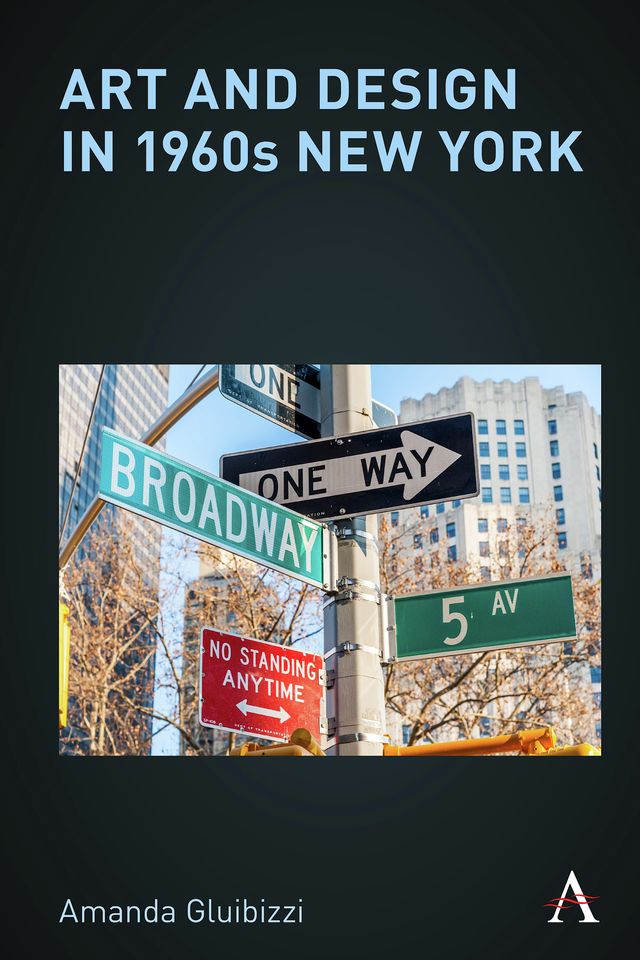Amanda Gluibizzi
ISBN: 9781785276668
Pages: 256
Pub Date: February 2021
Imprint: Anthem Press
Amanda Gluibizzi
ISBN: 9781785276668
Pages: 256
Pub Date: February 2021
Imprint: Anthem Press
When Robert Rauschenberg reminisced about Josef Albers teaching students that their art had to do with “the entire visual world,” he was suggesting an inclusive realm of visual expression from which Albers intended his students to draw. Beyond finding inspiration only in fine art objects, Albers pushed them to look outside the confines of their studios and classrooms and onto the streets where they would be confronted with the visuality of mass culture; Albers therefore developed assignments using examples of typographic design and printed imagery drawn from popular publications of the day. In looking closely at these printed images, though, artists like Rauschenberg learned not only that visual inspiration could be found in quotidian objects, but that those objects were also the products of aesthetic decision making, that they were designed. Although the visual workings of mass imagery have sometimes been met with discomfort by art historians and critics, culture’s simultaneous engagement with design and art objects has a long and significant history. My book would be among the first to examine a moment of that history through an exploration of the critical intersection between art and graphic design in New York in the years between 1959 and 1972.
It may seem most expedient to discuss the connection between art and design through formal congruences, but this strategy can limit the deeper investigation of the mutual influence shared by these two areas of production. Indeed, the presumption that there exists simply – and only – a visual connection between design and art has driven most of the art history that has taken up the subject. This methodology, however, assumes that the influence of popular imagery on fine art works only in one direction, and that movements such as Pop art borrow motifs from mass culture and then “elevate” them into high art. This ignores any influence that art might have on design and designers, an influence that has considerable impact on our visual world. In addition, it serves to place mass imagery consistently in the lesser, negative position because it always presupposes design’s complicity in the culture industry. Yet I show that not all design is made for commercial purposes. Design with civic intentions – that developed for signage, street furniture, and subway maps – has had no place in such a formulation, and therefore has never been seriously included in art historical discussions, even those that take design into account.
Given the limitations of a formalist approach, I go beyond the visual similarities of art and design to uncover the logic systems shared between artists and designers as well as their processes. I assume a family resemblance between design
and art and therefore use such resemblances to expose the syntax they hold in common. I employ, therefore, a more inclusive look at the “visual world” of 1960s New York and examine design and art side-by-side to explore how their relationship manifested itself in deeper ways than have been previously realized. The isolated, frontal, mechanically-reproduced image, for example, is shared by both Doyle Dane Bernbach’s late-1950s advertising campaign for Volkswagen as well as Andy Warhol’s screen print imagery. The mid-century anti-billboard movement provides an opportunity to investigate Robert Rauschenberg’s awareness of the visual culture that existed outside his downtown New York studio by way of his use of street signs in his urban combines, but also opens a path to exploring designers such as Peter Chermayeff and Milton Glaser’s own discomfort with outdoor advertising. The logic behind the placement of signage – in which designers follow unwitting pedestrians to see where signs fail them – is echoed in Vito Acconci’s performance Following Piece, in which the artist followed his targets until they entered a private place. The design firm Unimark International carried out such following in the New York City subway system at the very same moment that Acconci’s performance occurred. In each of these examples, I reveal the correspondence between artists and designers to be their practices and their decision making; the objects that result permit us to examine these relationships in fresh ways.
Paperback
£35.00 / $50.00
Hardback
£80.00 / $125.00
eBook (PDF)
£25.00 / $40.00
eBook (EPUB)
£25.00 / $40.00
Paperback
£35.00 / $50.00
Hardback
£80.00 / $125.00
eBook (PDF)
£25.00 / $40.00
eBook (EPUB)
£25.00 / $40.00
